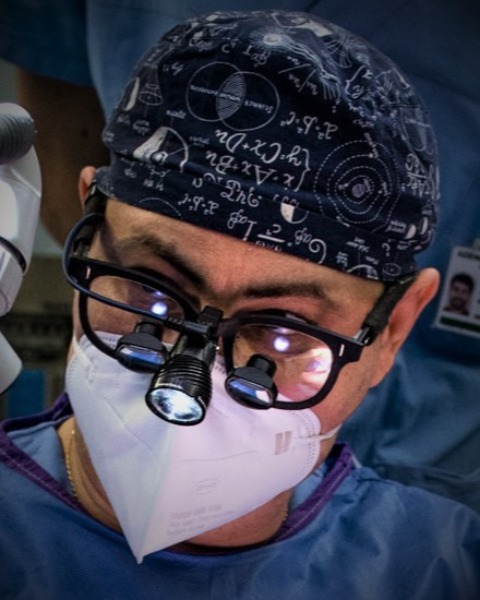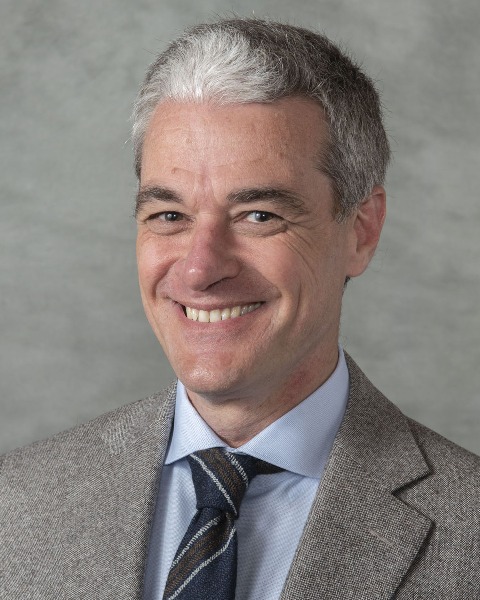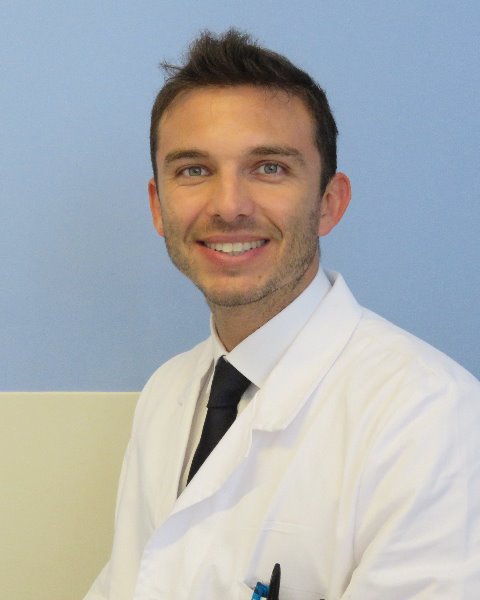Sarcoma
E427: Computed Tomography-Based Radiomic Features for Prognostication in Patients with Primary Retroperitoneal Sarcoma
- SP
Sandro Pasquali, MD, PhD
Surgical Scientist
Molecular Pharmacology, Department of Experimental Oncology, Fondazione IRCCS Istituto Nazionale dei Tumori, Milano, Italy, United States - SI
Sara Iadecola, MSc
Biostatistician
Fondazione IRCCS IStituto NAzionale dei Tumori, United States - GI
Gabriele Infante, MSc
Biostatistician
Fondazione IRCCS Istituto Nazionale dei Tumori, United States - MB
Marco Bologna, PhD
Doctor of Engineering
Politecnico di Milano, United States - VC
Valentina Corino, PhD
Doctor of Engineering
Politecnico di Milano, United States - GG
Gabriella Greco, MD
Radiologist
Fondazione IRCCS IStituto Nazionale dei Tumori, Milan, Italy, United States - CM
Carlo Morosi, MD
Radiologist
Fondazione IRCCS istituto Nazionale Tumori, Milan, Italy, United States - AB
Alessia Beretta, MSc
Anatomical Pathology
Fondazione IRCCS istituto Nazionale Tumori, Milan, Italy, United States - SP
Stefano Percio, PhD
Molecular Pharmacology
Fondazione IRCCS istituto Nazionale Tumori, Milan, Italy, United States - VV
Viviana Vallacchi, PhD
Immunology and Immunotherapy
Fondazione IRCCS istituto Nazionale Tumori, Milan, Italy, United States - SB
Silvia Brich, PhD
Anatomical Pathology
Fondazione IRCCS istituto Nazionale Tumori, Milan, Italy, United States - AB
Alessia Bertolotti, MSc
Pathological Anatomy
Fondazione IRCCS istituto Nazionale Tumori, Milan, Italy, United States - RS
Roberta Sanfilippo, MD
Medical Oncologist
Fondazione IRCCS istituto Nazionale Tumori, Milan, Italy, United States - CF
Chiara Fabbroni, MD
Medical Oncologist
Fondazione IRCCS istituto Nazionale Tumori, Milan, Italy, United States - SS
Silvia Stacchiotti, MD
Medical Oncologist
Fondazione IRCCS istituto Nazionale Tumori, Milan, Italy, United States 
Marco Fiore, MD, FACS, FEBSh
Surgical Oncologist
Sarcoma Service, Department of Surgery, Fondazione IRCCS Istituto Nazionale dei Tumori, Milan, Italy
Milan, Lombardia, Italy- LM
Luca Mainardi, PhD
Doctor of Engineering
Politecnico di Milano, United States - RM
Rosalba Miceli, PhD
Biostatistician
Fondazione IRCCS istituto Nazionale Tumori, Milan, Italy, United States 
Alessandro Gronchi, MD, FSSO
Chief of Surgical Department
Sarcoma Service, Department of Surgery, Fondazione IRCCS Istituto Nazionale dei Tumori, Milan, Italy
Milano, Italy
Dario Callegaro, MD (he/him/his)
Surgical oncologist
Sarcoma service, Fondazione IRCCS Istituto Nazionale dei Tumori, Milan, Italy, United States
Dario Callegaro, MD (he/him/his)
Surgical oncologist
Sarcoma service, Fondazione IRCCS Istituto Nazionale dei Tumori, Milan, Italy, United States
Author(s)
ePoster Abstract Author(s)
Submitter(s)
Individual prognostication of patients with primary retroperitoneal sarcoma (RPS) relies mainly on clinical and pathological variables combined in prognostic nomograms. The objectives of this study were (1) to investigate whether computed tomography (CT)-based radiomic features could enhance the performance of the Sarculator nomograms for patients with primary RPS and (2) to investigate whether radiomic features could identify patients with high risk RPS (leiomyosarcoma, LMS, or G3 dedifferentiated liposarcoma, DDLPS).
Methods:
Patients with primary RPS treated with curative-intent surgery (2011-2015) at a single institution and with the preoperative CT scan available were included. Preoperative non-contrast enhanced CT scans were reviewed and segmented for extraction of 89 radiomic features. The selection of radiomic features was based on outcome-specific random forest models, through generation of multiple contexts where patients were split in a training and a testing set and including the nomogram Sarculator with a high selection probability (Figure 1). The performance of the prognostic models was assessed in terms of discrimination only (Harrell C index) and both discrimination and calibration (IPA). The study population included 112 patients: 50% DDLPS, 20% well differentiated LPS, 20% LMS. Median follow-up was 77 months (IQR 65-92 mo). When the Sarculator nomograms were applied to the study cohort, IPA was 0.142 for DFS and 0.217 for OS. The radiomic feature original_GLCM_MCC, a measure of texture complexity, enhanced the prediction accuracy of Sarculator for DFS (IPA =0.225; IPA gain: 0.083). Although radiomic features could predict patient OS, their addition to the Sarculator OS nomogram had minimal improvement on the discriminative ability (IPA =0.229; IPA gain: 0.012). We then tested if radiomic features could aid identification of high risk patients (G3 DDLPS and LMS). Among the radiomic features, original_firstorder_10Percentile, which represented the distribution of gray values in CT scan, ranked first to identify patients with high risk RPS. The accuracy of this feature was 0.85 and the negative predictive value was 0.88 when optimized to lower the probability of a false negative prediction.
Results:
Conclusions:
The integration of radiomic features marginally improved the performance of the Sarculator DFS nomogram for patients with primary RPS. Radiomic may help identifying high risk RPS in the preoperative setting, when the percutaneous biopsy might not be able to properly assess tumor grade.
Learning Objectives:
- describe how computed tomography can be exploited to extract radiomic features with prognostic relevance in patients with retroperitoneal sarcoma
- describe the impact of radiomic in individual prognostication of patients with retroperitoneal sarcoma
- describe the use of radiomic in identifying retroperitoneal leiomyosarcoma or G3 dedifferentiated liposarcoma
